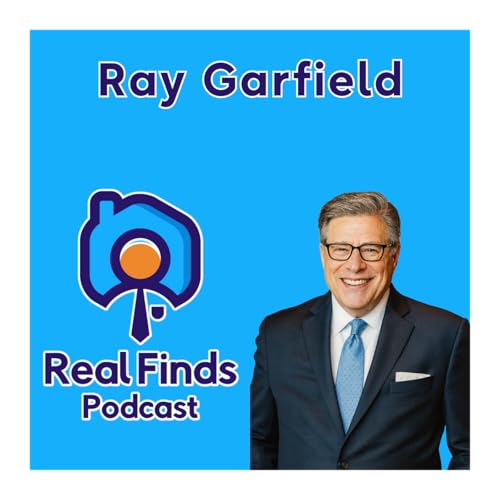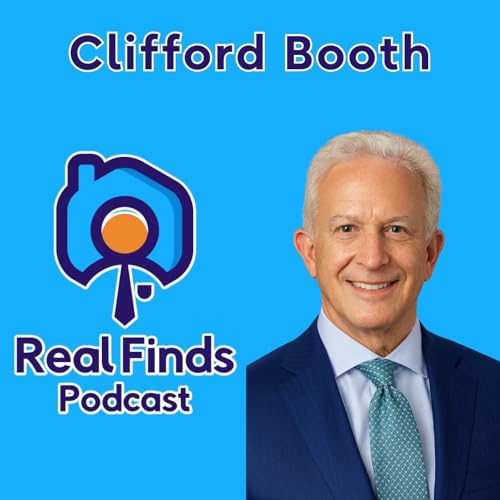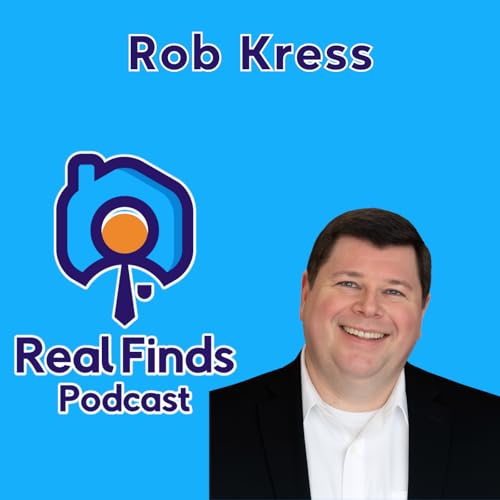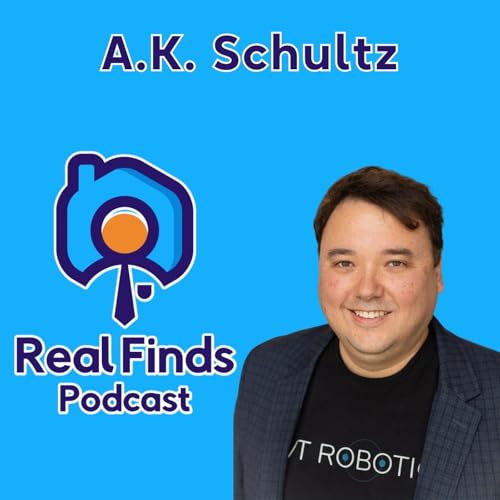What is work really supposed to look like in the 21st century, and why do so many workplaces still feel broken? On this episode of The Real Finds Podcast, host Gordon Lamphere sits down with Corinne Murray and Sara Escobar, co-authors of Work, Then Place, to challenge assumptions about productivity, workplace strategy, and the evolving relationship between people, culture, and space.
Corinne and Sara bring a rare mix of perspectives:
Corinne Murray (https://www.linkedin.com/in/corinnejmurray/) has built a career spanning commercial real estate, consulting, coworking, and workplace strategy, from WeWork to RXR. She’s obsessed with defining “what makes work work” and helping leaders design environments where people can truly thrive.
Sara Escobar (https://www.linkedin.com/in/saraescoux/) started as employee #2 at Hulu, where she helped create one of the first culture-driven workplace teams before leading strategy at Netflix. With a background in organizational development, she’s focused on how physical, digital, and cultural environments interact to shape performance.
Together, they break down some of the toughest questions facing leaders, HR professionals, and real estate executives today:
🔥 Key Topics We Cover:
- Why “the workplace” isn’t just about the office, it’s a balance of physical, digital, and cultural environments.
- How to think about the four modes of knowledge work: individual focus, asynchronous collaboration, synchronous collaboration, and socializing.
- Why outputs vs. outcomes is the real test of productivity and how to design for effectiveness, not just busyness.
- The hidden “meeting tax” slowing organizations down, and what companies like Shopify and Dropbox have done about it.
- Generational friction in the workplace, from Silent Generation to Gen Alpha, and how leaders can build trust across age groups.
- The future of AI and work: why the hybrid workforce of tomorrow is really human + machine, and what that means for managers.
- The carpenter vs. gardener paradigm for leadership and why it’s time to shift from rigid outcomes to adaptive growth.
- How workplace design lessons from Hulu’s snack culture to Netflix’s digital pivot can help any company spark creativity.
💡 Big Takeaway:
Work doesn’t have to suck. The future isn’t about ping pong tables or free lunches; it’s about creating environments that reduce friction, enable people to be effective, and give them the energy to pursue what matters outside of work.
If you’re a CEO, HR leader, real estate strategist, or anyone rethinking workplace design, this episode is packed with practical insights, tough questions, and a roadmap for making work better.
📘 Grab the Book: Work, Then Place is available on Amazon and in bookstores everywhere. Learn more at workthenplace.com and check out their Substack: workthenplace.substack.com
👉 Connect with the Guests:
Corinne Murray: https://www.linkedin.com/in/corinnejmurray/
Sara Escobar: https://www.linkedin.com/in/saraescoux/
👉 Connect with Gordon Lamphere & Van Vlissingen & Co.: Learn more: www.vvco.com
 1 時間 13 分
1 時間 13 分 29 分
29 分 56 分
56 分 1 時間 7 分
1 時間 7 分 2025/09/1041 分
2025/09/1041 分 2025/08/2040 分
2025/08/2040 分 39 分
39 分 56 分
56 分

